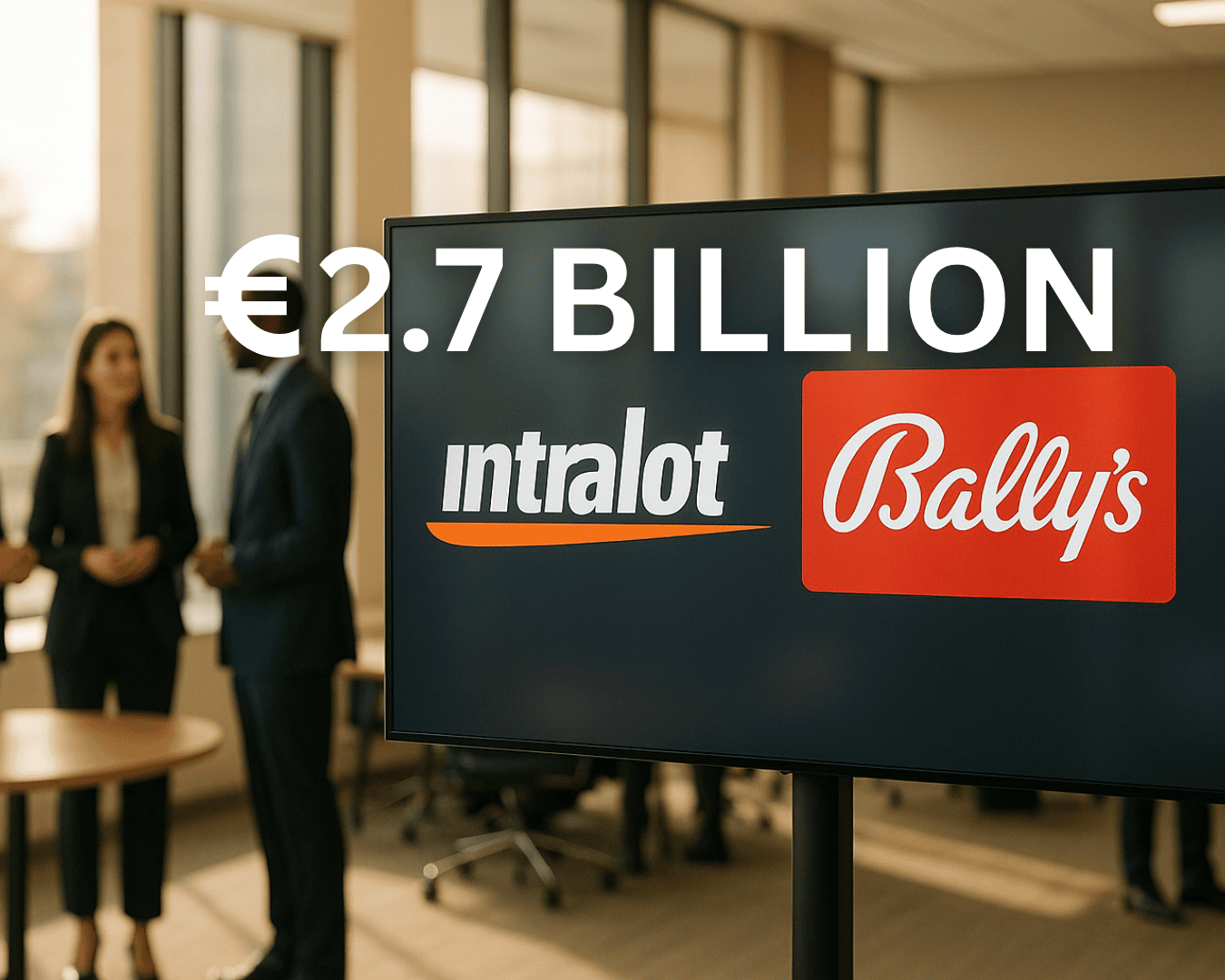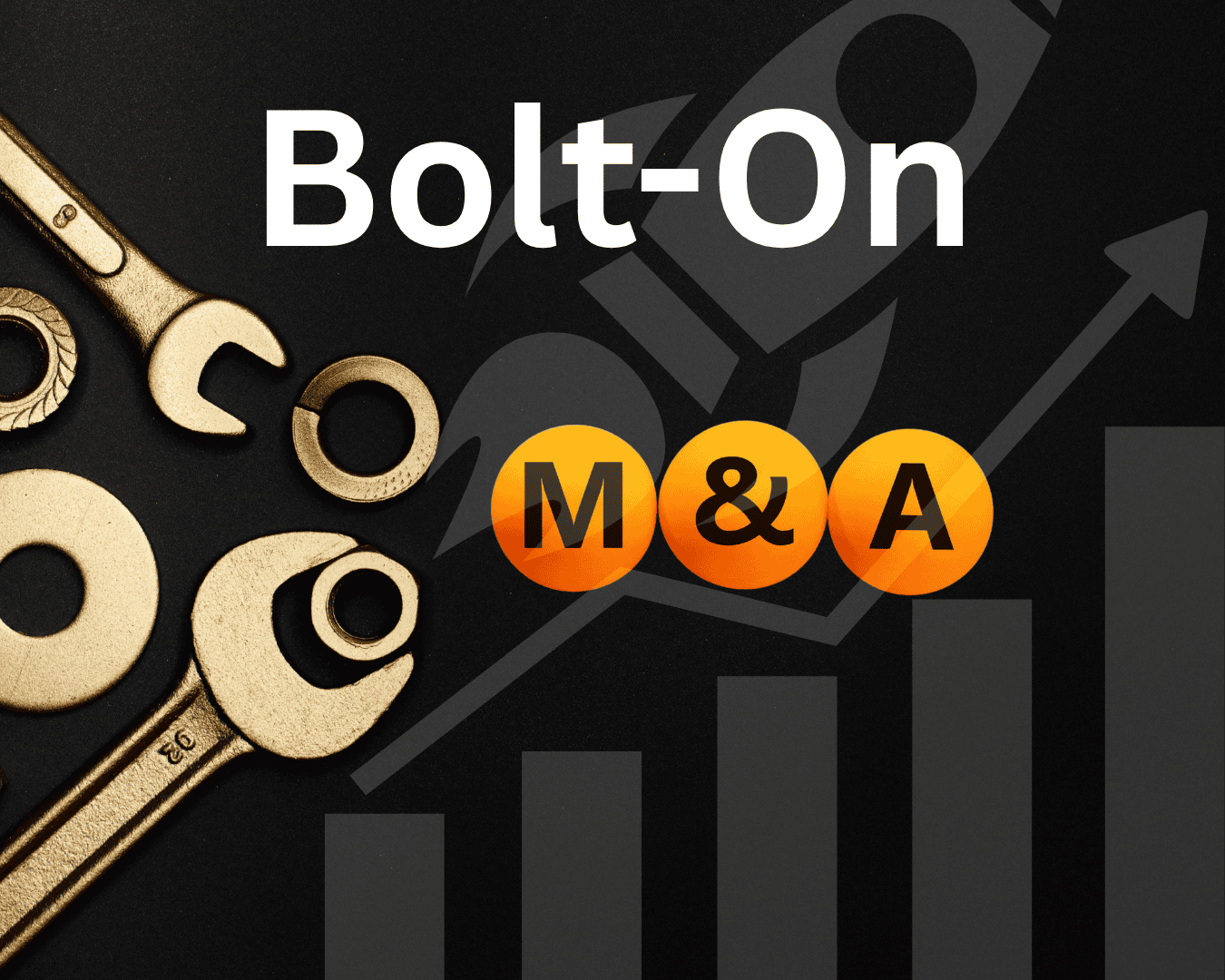Huntington Bancshares is acquiring Cadence Bank in a $7.4 billion stock-based deal, expanding its reach into the growing Southern U.S. markets, including the Sun Belt region. This merger creates a combined institution with $276 billion in assets, $220 billion in deposits, and a presence in 21 states, ranking among the top 10 U.S. banks by assets.
Key details:
- Deal terms: Cadence shareholders receive 2.475 Huntington shares per Cadence share, valued at $39.77 each (9% premium).
- Financial impact: Expected 10% EPS growth in 2027, with $365 million in pre-tax cost savings.
- Integration timeline: Merger closes in Q1 2026; full systems integration by Q2 2026.
- Market position: Strengthens Huntington’s footprint in high-growth regions like Texas, where it becomes a top player in Dallas and Houston.
This acquisition aligns with trends in regional bank consolidation, driven by rising technology costs and regulatory requirements, and positions Huntington for growth in commercial lending, small business banking, and wealth management. By retaining Cadence’s branch network and local relationships, Huntington aims to ensure a smooth transition for customers and employees.
Deal Structure and Financial Details
Transaction Terms and Pricing
The merger between Huntington and Cadence is a fully stock-based deal valued at $7.4 billion. Under the agreement, Cadence Bank shareholders will receive 2.475 shares of Huntington common stock for each share of Cadence common stock they own. Based on Huntington's closing price of $16.07 as of October 24, 2025, this translates to $39.77 per Cadence share - a 9% premium. The transaction is projected to increase earnings per share (EPS) by 10%, with minimal impact on regulatory capital and a 7% reduction in tangible book value per share. Huntington expects to achieve $365 million in pre-tax cost savings and anticipates a three-year period to recover the tangible book value impact. The deal is on track to close in the first quarter of 2026, pending regulatory and shareholder approvals. Following the merger, systems integration is planned for the second quarter of 2026, at which point Cadence Bank’s branches and teams will transition to the Huntington Bank name and brand.
Combined Entity Size and Market Position
This merger significantly elevates the combined institution, creating a financial giant with $276 billion in assets and $220 billion in deposits. The new entity will rank among the top 10 U.S. banks by assets. It also expands Huntington’s presence to 21 states and provides access to 12 of the top 25 metropolitan statistical areas (MSAs) in the country, including six of the fastest-growing MSAs.
In Texas, the merger - along with Huntington’s recent acquisition of Veritex Community Bank - positions the combined bank with the fifth-largest deposit market share in Dallas and Houston and the eighth-largest statewide.
"This is an important next phase of growth for Huntington. This partnership will extend the reach of our full franchise to 21 states - stretching from the Midwest to the South to Texas - and into new, high-growth markets for which we have a powerful playbook. Today's announcement represents a significant step on our journey to be the leading people-first, customer-centered bank in the country."
– Steve Steinour, Chairman, President and CEO of Huntington Bancshares
Before and After Merger Comparison
The scale of transformation becomes evident when comparing the two banks before and after the merger. Huntington previously managed $223 billion in assets with over 1,000 branches across 14 states. Cadence Bank, on the other hand, operated with $53 billion in assets and over 390 locations across nine Southern states, including Alabama, Arkansas, Florida, Georgia, Louisiana, Mississippi, Missouri, Tennessee, and Texas.
| Metric | Huntington (Pre-Merger) | Cadence Bank (Pre-Merger) | Combined Entity (Post-Merger) |
|---|---|---|---|
| Assets | $223 billion | $53 billion | $276 billion |
| Deposits | Not disclosed | Not disclosed | $220 billion |
| Branch Count | 1,000+ branches | 390+ locations | 1,390+ locations |
| Geographic Reach | 14 states | 9 states | 21 states |
| Market Position | Regional bank | Regional bank | Top 10 U.S. bank by assets |
This comparison highlights how the merger enhances scale and reach, setting the stage for strategic growth. Huntington has pledged to maintain Cadence’s extensive branch network without closures and to invest in expanding the combined footprint. By merging Huntington’s strength in the Midwest with Cadence’s presence in the South and Texas, the combined entity creates a seamless footprint across high-growth regions. This alignment positions the bank to tap into demographic and economic shifts favoring the Sun Belt, while preserving local relationships and offering a broader range of banking products and digital services.
Why Huntington Made This Acquisition
Expanding into Booming Sun Belt Markets
Huntington's acquisition of Cadence Bank is a calculated move to strengthen its presence in the thriving Sun Belt region. This area, known for its strong economic momentum, offers Huntington a chance to broaden its reach into key metropolitan markets. By entering these high-growth areas, the bank positions itself to explore new opportunities in commercial lending, small business banking, and wealth management. At the same time, this move helps Huntington balance its regional exposure, reducing risks tied to focusing too heavily on a single area. It’s a step toward building a more diverse and resilient operation.
Aligning with Regional Banking Consolidation Trends
The banking industry has seen a wave of consolidations, driven by rising technology costs and stricter regulatory requirements. For mid-sized banks like Huntington, merging with a peer like Cadence Bank offers a way to achieve the scale needed to thrive in this environment. By combining resources, the new entity can streamline corporate functions, integrate technology more effectively, and optimize branch networks. These efficiencies not only cut costs but also support Huntington's broader digital transformation goals. Plus, the deal is structured to ensure that shareholders from both banks can share in the long-term growth potential of the combined institution.
Unlocking Growth and Operational Efficiencies
Huntington sees this acquisition as a chance to do more than just grow - it’s about leveraging the combined strengths of both banks. With a larger footprint, Huntington plans to boost cross-selling efforts and enhance its commercial and wealth management services. On top of that, the integration of advanced digital banking platforms is expected to improve efficiency and elevate the overall customer experience. A key part of the plan is keeping Cadence’s local branch network intact. This ensures that the strong community ties and customer relationships Cadence has built remain a cornerstone of the combined bank’s success, while also benefiting from Huntington’s expanded capabilities.
Financial Impact and Integration Challenges
Valuation Metrics and Financial Impact
The financial details of this acquisition highlight both potential benefits and the challenges of integration. Huntington's $7.4 billion purchase price for Cadence Bank equates to 1.7 times Cadence's tangible book value per share. Gerard Cassidy, an analyst at RBC Capital Markets, described the valuation as "fair".
"Huntington has been on the path of expanding in Texas and the Southeast and we believe this acquisition fits nicely into that expansion strategy." – Gerard Cassidy, RBC Capital Markets analyst
For Huntington shareholders, the deal is expected to boost earnings per share (EPS) by 10% in 2027, the first full year of combined operations. However, it will also result in a 7% dilution to tangible book value per share, with an earn-back period of three years. Additionally, there will be a slight impact on regulatory capital.
Integration Costs and Timeline
The acquisition is set to finalize in the first quarter of 2026, with systems conversion to follow shortly after. During this period, Cadence Bank's teams and branches will transition to operate under the Huntington Bank name. This process involves merging two large banks' technology platforms, optimizing operations, and training staff across the affected regions - all while ensuring uninterrupted service. These tasks highlight the importance of a well-planned strategy to retain customers during the transition.
Customer Retention and Brand Changes
Huntington's approach to customer retention builds on Cadence Bank's strengths as a community-focused institution. A key part of this strategy is maintaining Cadence's extensive branch network, with no closures planned. This decision underscores the importance of physical locations in community banking. Huntington also plans to bring its enhanced product offerings to Cadence customers, including features like 24-Hour Grace®, Standby Cash®, and Early Pay - products designed to provide transparent and accessible banking without hidden fees.
To preserve Cadence's strong community ties, Huntington intends to keep local bankers in place and maintain local decision-making authority. The bank also plans to continue Cadence's partnerships, investments, and philanthropic efforts in the regions it serves. The success of this brand transition will depend on Huntington's ability to clearly communicate the benefits of the combined bank to its customers, ensuring a smooth and positive shift to the new identity.
sbb-itb-a3ef7c1
Expect more acquisition deals in finance sector, says Fortress Investment's McKnight
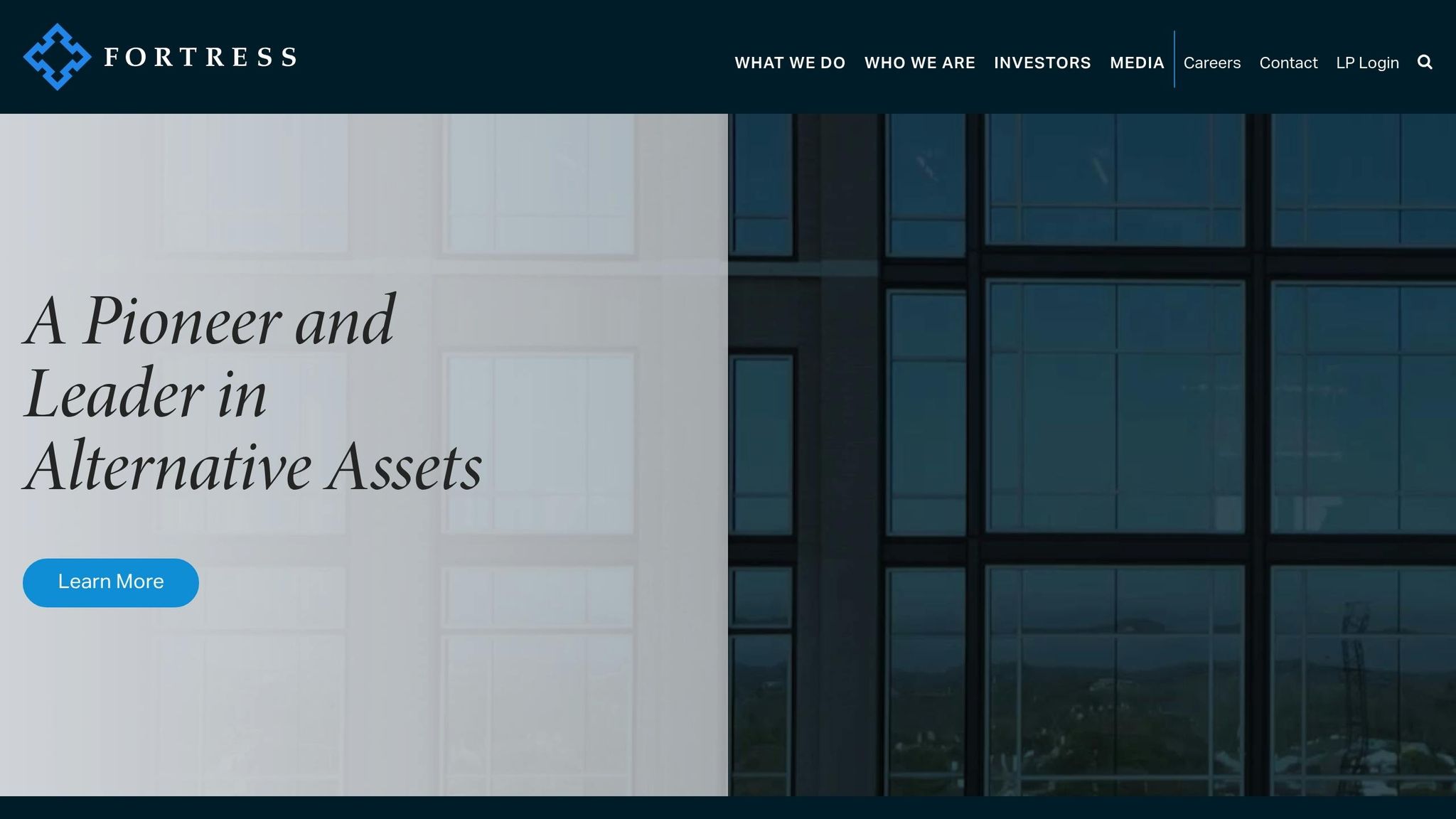
Lessons for Small Business Acquirers
Small business acquirers can draw valuable insights from Huntington's strategic approach. While the scale may differ, the foundational principles and methods used in larger acquisitions can provide practical guidance for smaller deals, especially when targeting growth markets.
Deal Structuring Approaches
One standout aspect of Huntington's deal was its all-stock transaction structure, which aligned the interests of both the buyer and seller. By offering equity, both parties shared a vested interest in the future success of the merged entity - a concept that can be scaled down for smaller acquisitions.
For small and medium-sized business (SMB) deals, structuring the transaction thoughtfully is crucial. Here are a few considerations:
- Payment Method: SMB deals often combine cash payments, seller-financed notes, and earnouts to balance risk and reward for both parties.
- Valuation Method: Depending on the industry, buyers may use asset-based valuations or earnings metrics like EBITDA to determine a fair price.
- Integration Timeline: Setting a realistic timeline with clear, measurable milestones ensures smoother post-acquisition integration.
- Risk Mitigation: Conducting thorough due diligence and using safeguards like escrow accounts can help manage uncertainties and protect both sides.
Additionally, using benchmarks like tangible book value can be a practical way to evaluate businesses with strong asset portfolios. For smaller acquisitions, incorporating earn-back periods can provide a structured way to manage costs while achieving operational and growth objectives.
Market Selection and Growth Focus
Huntington's focus on high-growth markets, particularly in the Sun Belt regions, highlights the importance of targeting areas with favorable demographics and economic momentum. For SMB acquirers, this means prioritizing businesses in regions showing signs of population growth, rising household incomes, and increased commercial activity.
When selecting a market, small business buyers should emphasize businesses with strong local customer bases. Preserving these local connections can be a critical factor in maintaining customer loyalty and standing out from competitors.
Integration Planning for Long-Term Success
A successful acquisition doesn’t end with the deal - it hinges on a well-thought-out integration plan. Huntington's approach demonstrates how preserving local leadership and community relationships can smooth the transition and maximize value post-acquisition. Small business acquirers can take a similar approach by:
- Identifying Key Relationships: During due diligence, pinpoint essential employees and customer connections that need to be retained.
- Retention Strategies: Develop plans to keep key personnel and maintain customer trust while introducing gradual improvements.
- Clear Brand Transition: A thoughtful rebranding process can reassure both employees and customers, minimizing disruptions.
Cultural alignment also plays a vital role in integration. Respecting the existing culture of the acquired business while introducing improvements can help maintain customer retention and employee morale. Enhancing offerings and services to meet customer needs further solidifies the long-term benefits of the acquisition.
Key Takeaways from the Huntington-Cadence Deal
The $7.4 billion Huntington-Cadence acquisition provides valuable insights into how companies can achieve growth through acquisitions. This deal underscores the importance of geographic expansion, timing, and strategic planning in creating significant value.
Here’s a closer look at the key lessons from the transaction:
Huntington’s choice to expand into high-growth Sun Belt markets through acquisition, rather than building branches from scratch, highlights the impact of smart market selection. By purchasing an established bank like Cadence, Huntington gained immediate access to local customer relationships and market expertise. This approach not only saved time but also reduced risks associated with entering unfamiliar regions, all while positioning the company in areas with strong demographic growth.
The all-stock transaction structure played a pivotal role by aligning the interests of both parties in the future success of the merged entity. This method avoided the financial strain often associated with cash-heavy deals and ensured that Cadence’s shareholders had a vested interest in the combined company. For smaller deals, this serves as a reminder to consider deal structures that balance risks and rewards for both buyers and sellers.
Preserving culture was another critical factor in the deal’s success. Huntington’s decision to keep Cadence’s local leadership and maintain its community ties illustrates how acquirers can integrate operations while retaining the strengths of the acquired company. Striking this balance is key to retaining customers and employees after an acquisition.
The timing of this acquisition, during a wave of regional banking consolidation, also speaks to the importance of understanding industry trends. Huntington recognized that achieving scale was becoming increasingly essential in the banking sector. This made the acquisition both a defensive move to stay competitive and an offensive strategy to grow market share. For smaller businesses, this serves as a reminder to evaluate how broader industry changes can influence the strategic value of potential acquisitions.
Finally, the deal highlights the importance of thorough integration planning. Huntington focused on preserving what worked at Cadence while gradually implementing changes to improve operations for customers and shareholders. This measured approach ensured the deal’s long-term success.
These lessons - smart market selection, aligned deal structures, cultural awareness, timing, and careful integration - are universal principles that can guide businesses of all sizes toward successful acquisitions. The fundamentals remain the same, no matter the scale of the deal.
FAQs
What benefits does Huntington Bancshares aim to achieve by acquiring Cadence Bank and expanding into the Sun Belt region?
Huntington Bancshares is stepping up its game in the financial market by expanding into the thriving Sun Belt region through its acquisition of Cadence Bank. This bold move positions Huntington in major metropolitan hubs like Houston, Dallas, Atlanta, Nashville, Orlando, and Tampa, while also strengthening its presence in states such as Texas and Mississippi.
By extending its reach across 21 states, Huntington gains access to some of the fastest-growing markets in the country, known for their strong economic momentum. The acquisition is set to fuel organic growth, boost deposit market share, and open doors to fresh investment opportunities in these vibrant regions.
What changes can customers and employees expect from the Huntington Bancshares and Cadence Bank merger?
The merger aims to deliver benefits for both customers and employees. Huntington Bancshares intends to keep Cadence Bank's branch network intact, ensuring banking services remain uninterrupted. Customers will enjoy access to Huntington's upgraded digital tools and a wider range of financial products, all while continuing to receive the personalized service they appreciate.
For employees, the merger opens doors to growth and new opportunities, supported by expanded resources. Huntington has emphasized its dedication to investing in the combined workforce and ensuring a seamless integration process that supports both employees and customers.
How will Huntington Bancshares' acquisition of Cadence Bank impact its shareholders, and what steps is the company taking to manage potential challenges?
Huntington Bancshares' shareholders can anticipate a 10% increase in earnings per share (EPS) following its acquisition of Cadence Bank. That said, the deal will initially impact regulatory capital and is expected to result in a 7% reduction in tangible book value per share, with a projected earn-back period of about three years.
To navigate these challenges, Huntington plans to keep Cadence’s branch network intact, avoiding closures. The company is focused on ensuring a smooth integration process while actively investing in growth opportunities. These steps aim to enhance the long-term benefits of the acquisition and minimize any disruptions for both customers and employees.


.png)

















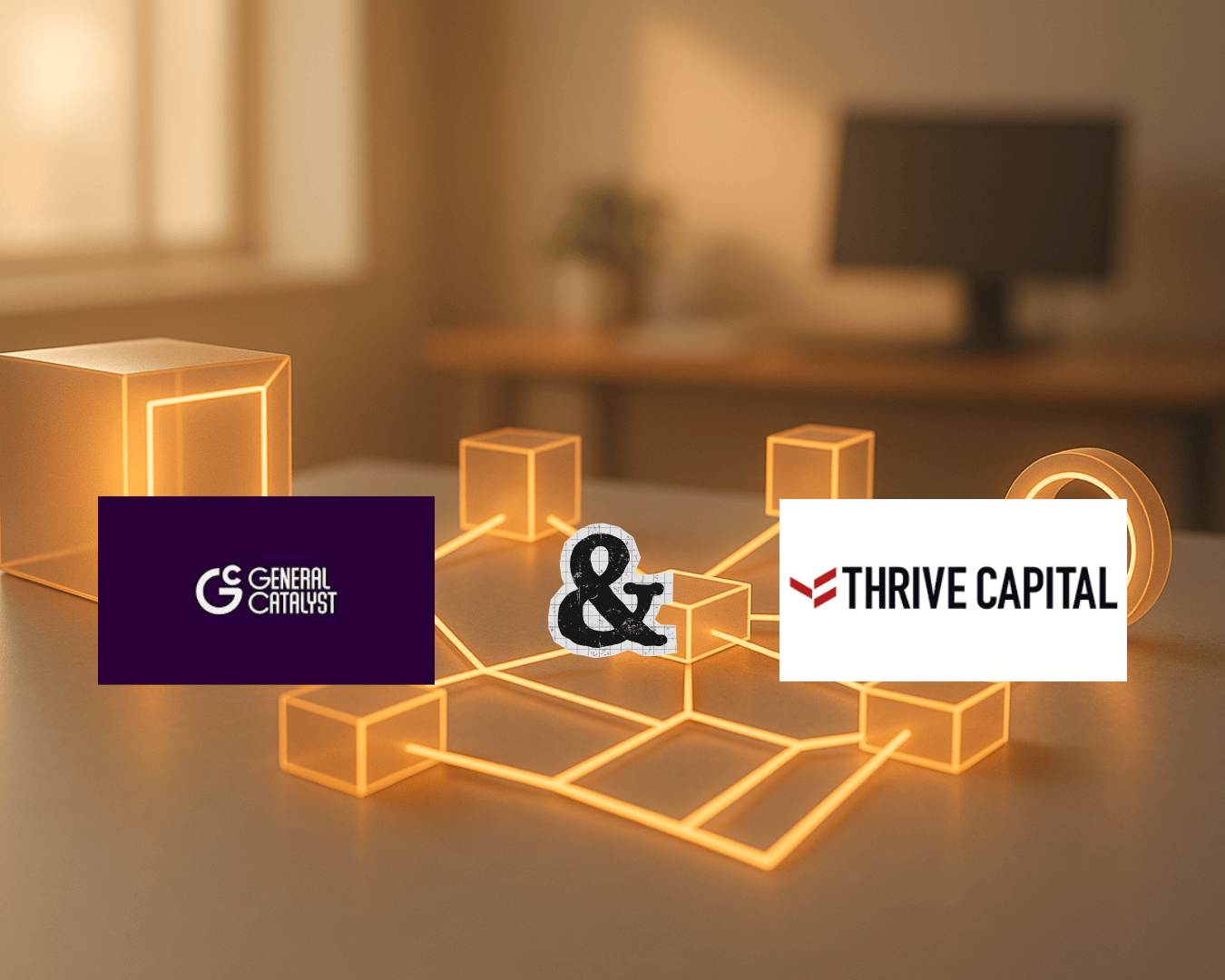











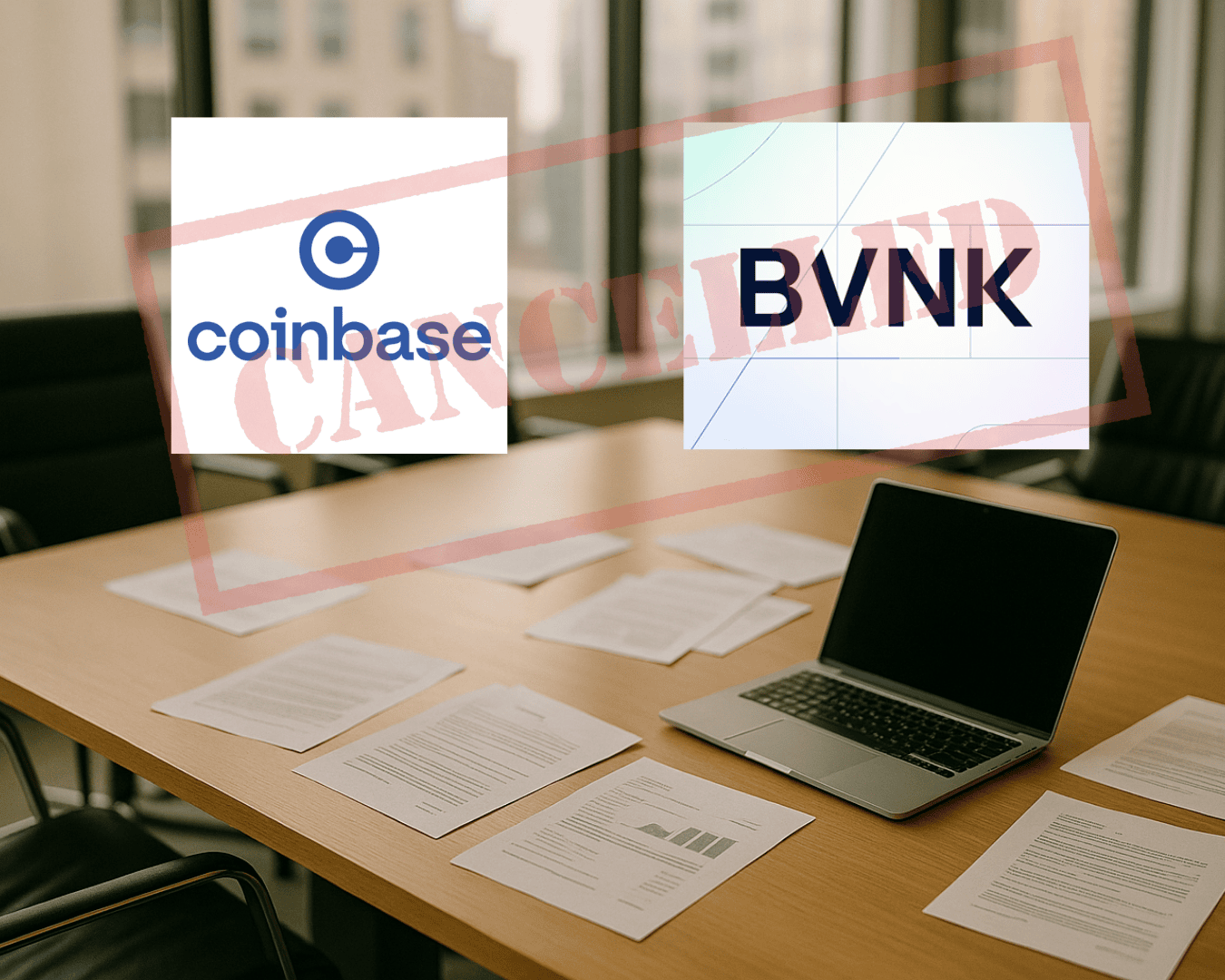









.png)




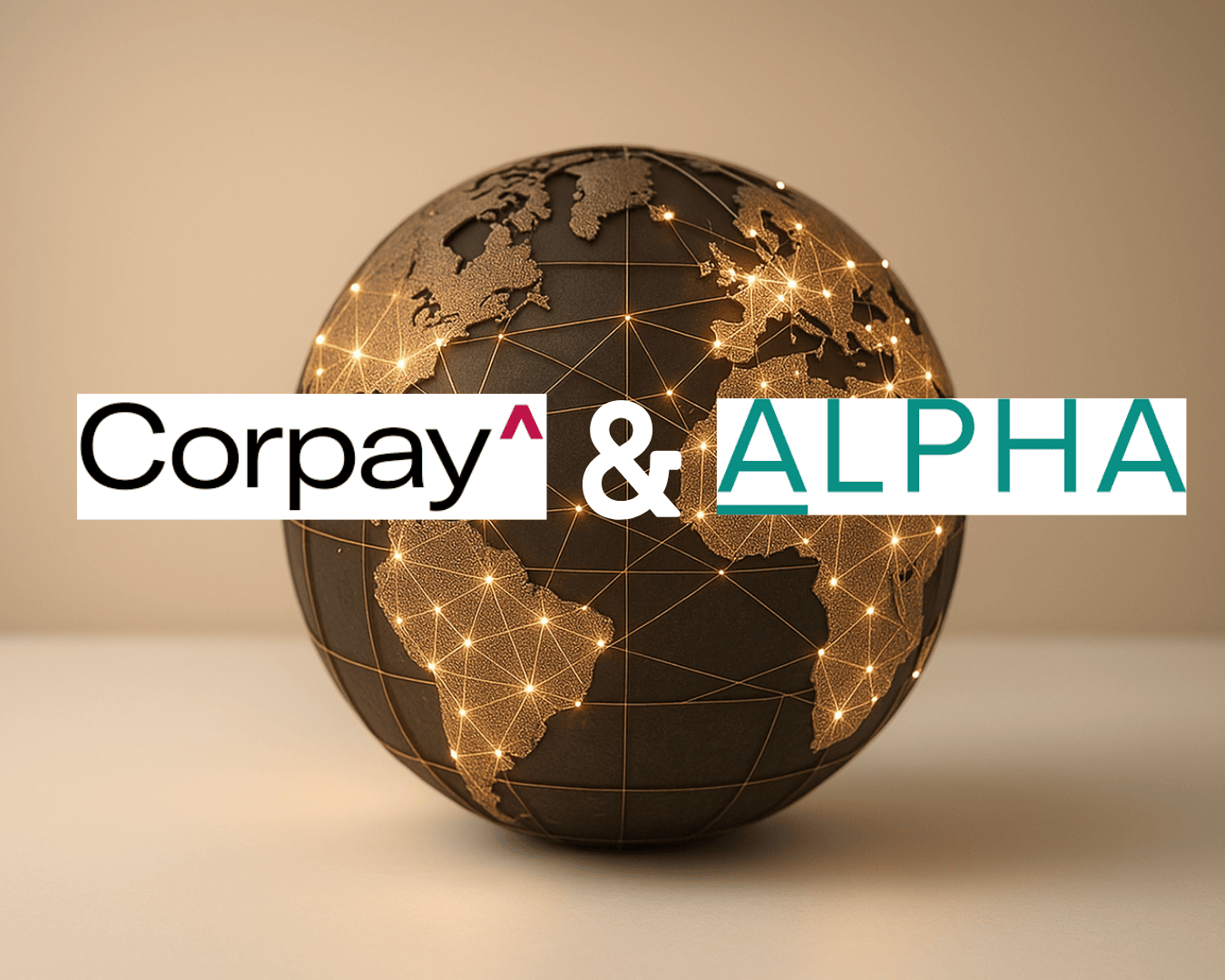

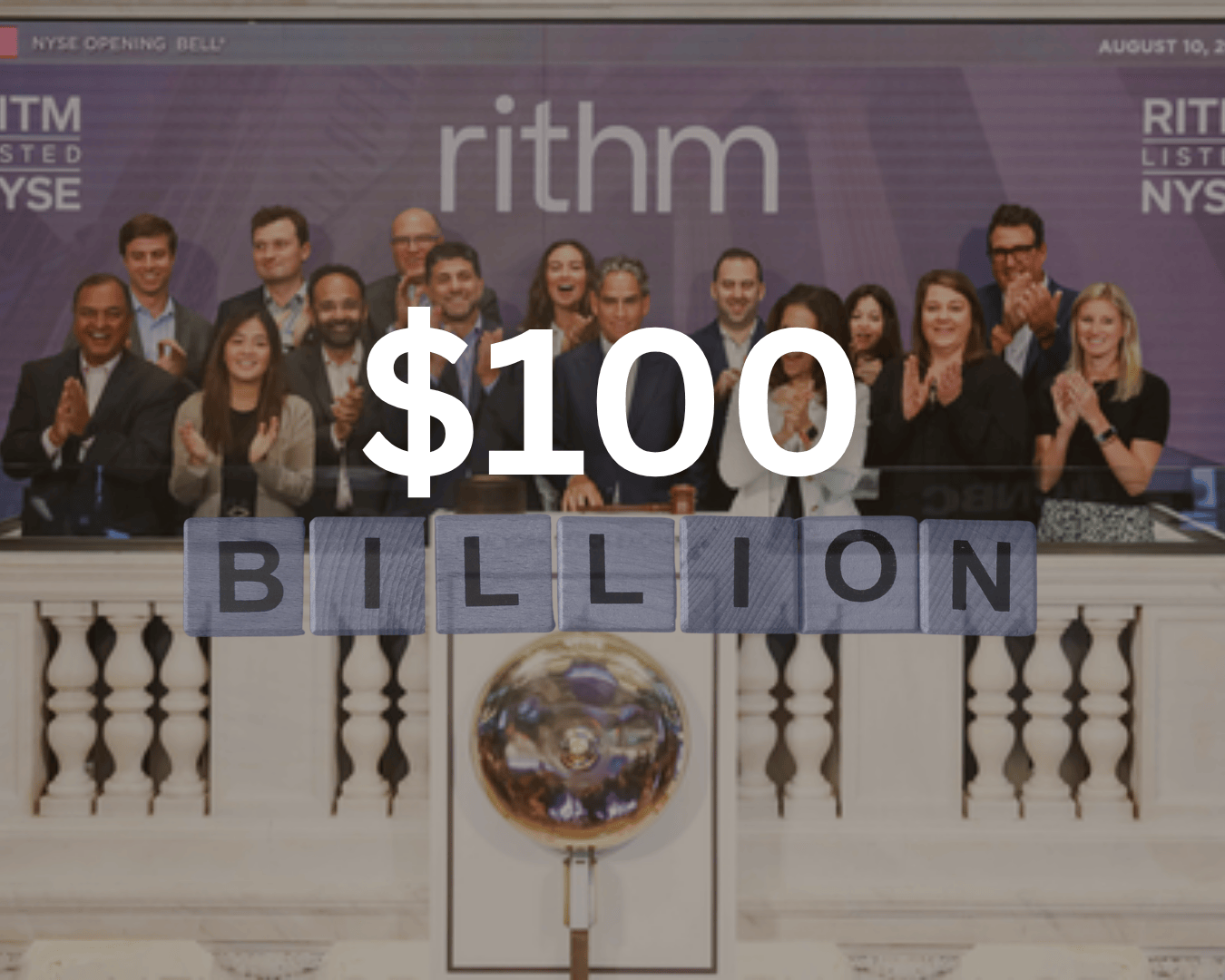





















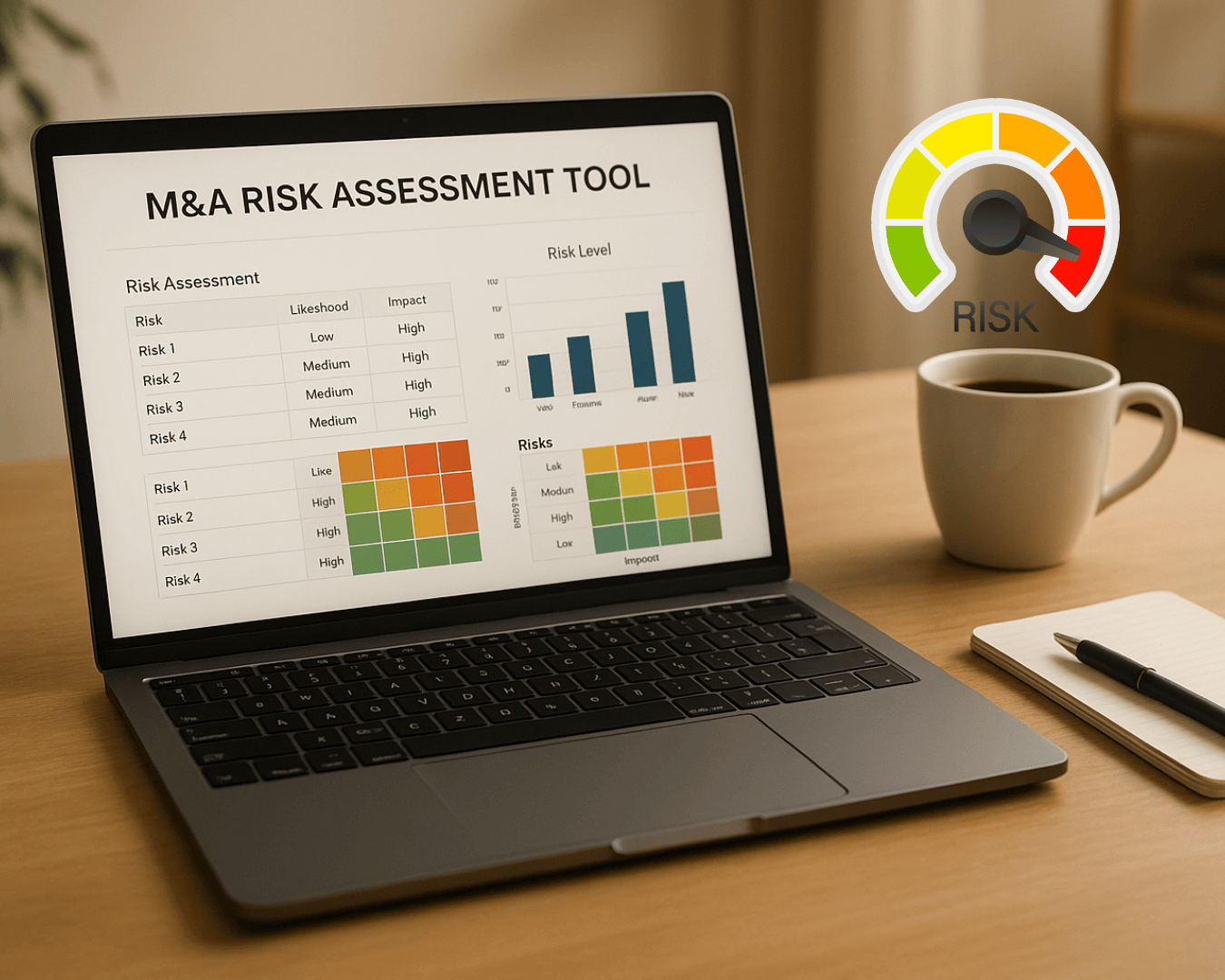


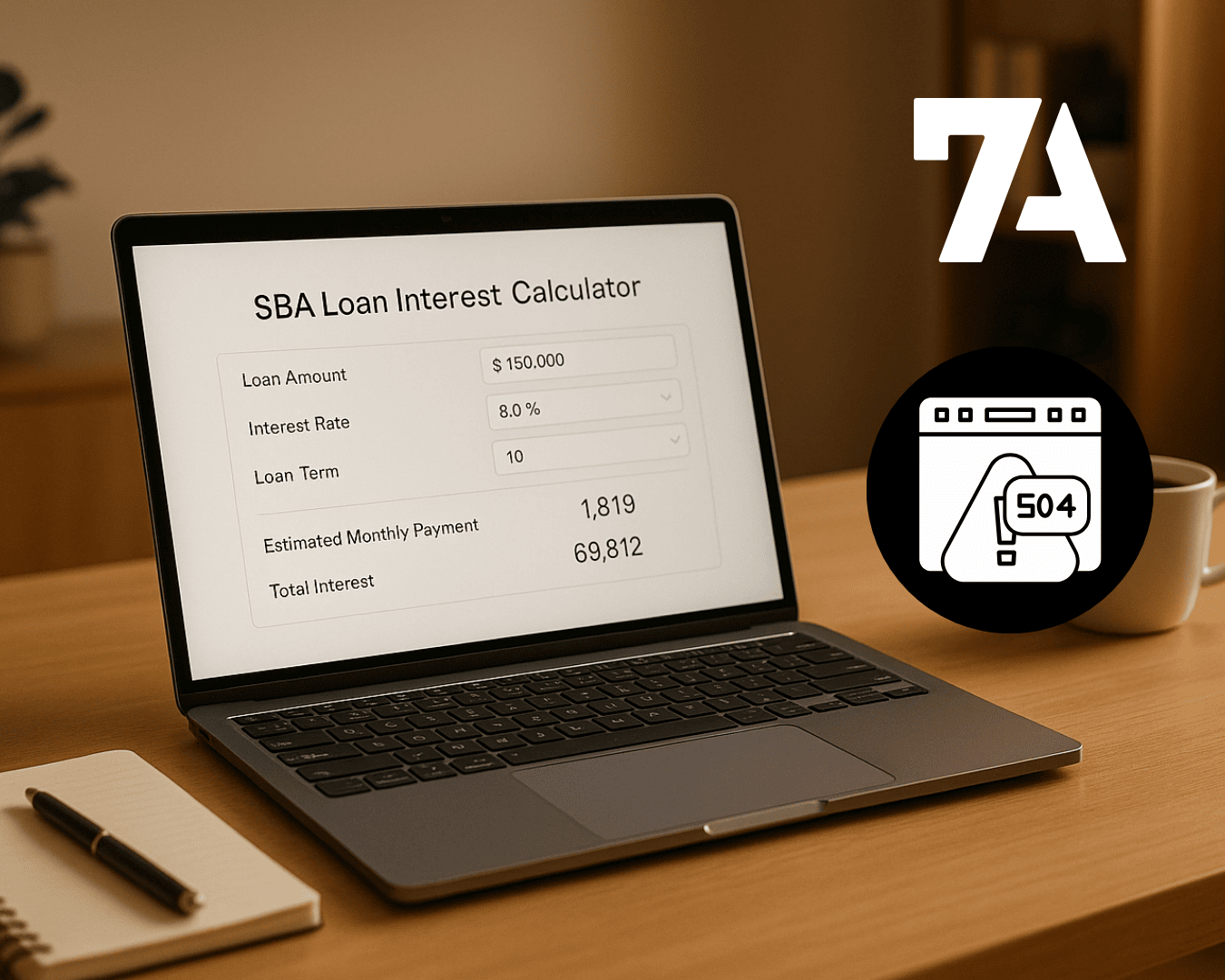








%20Loan%20Application%20Checklist.png)


